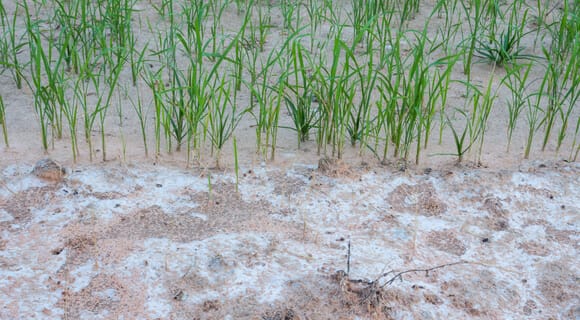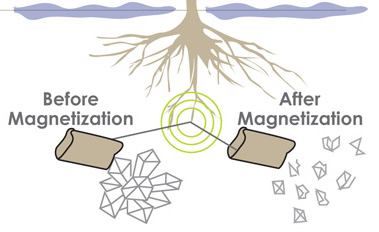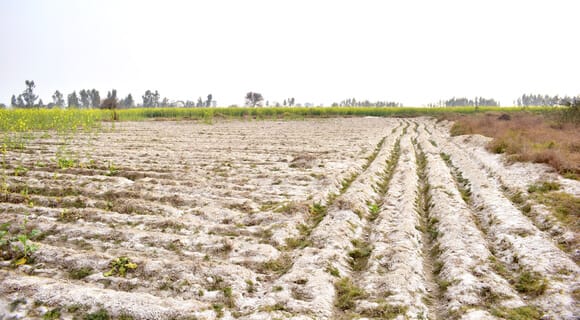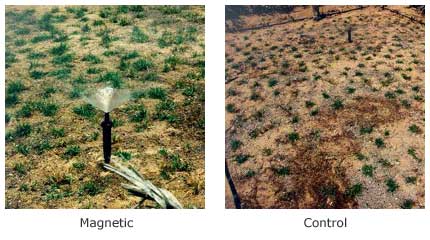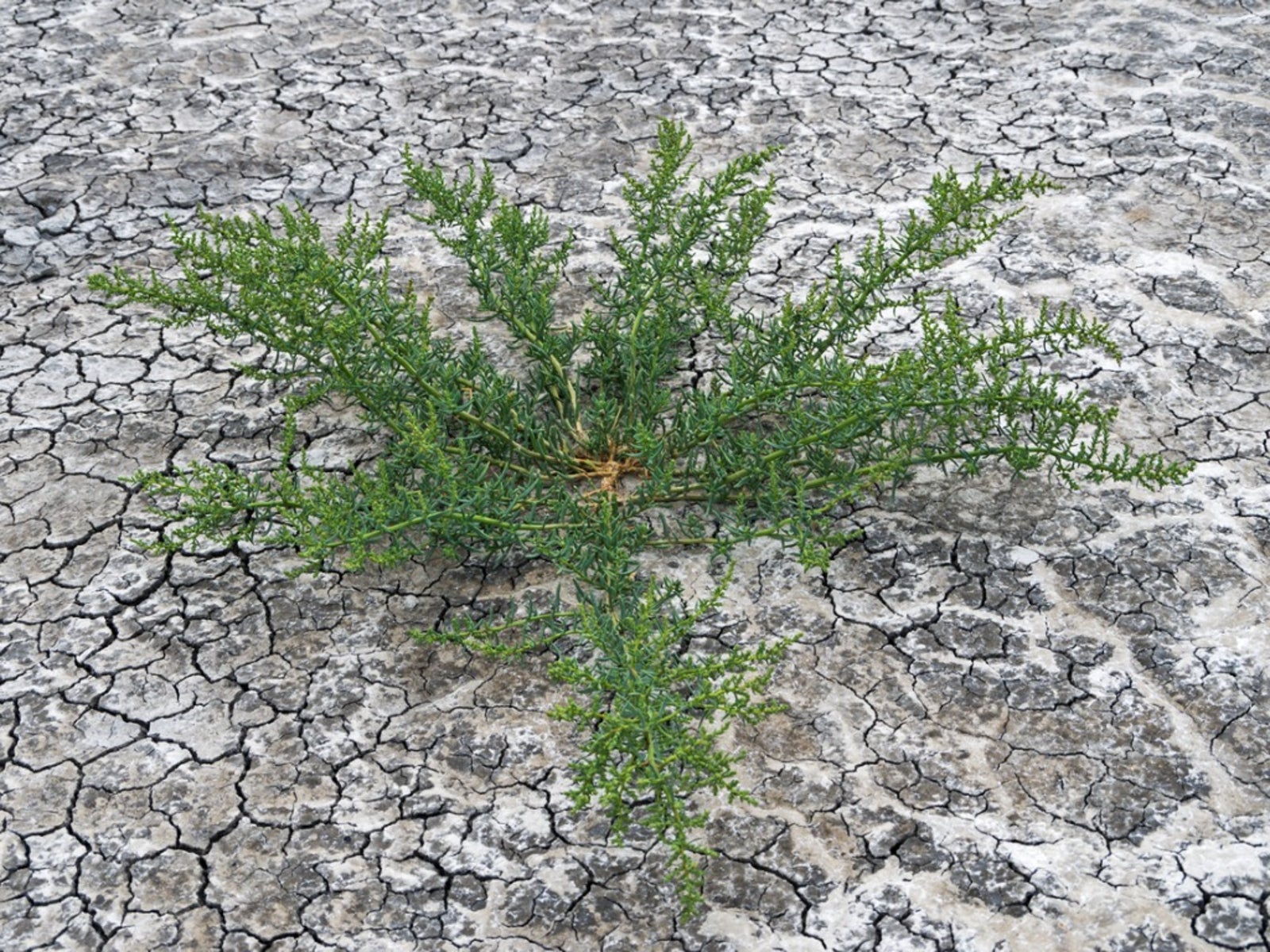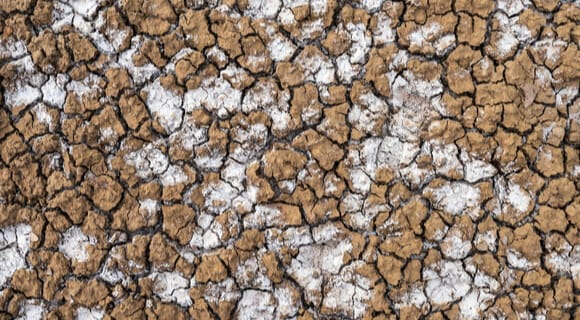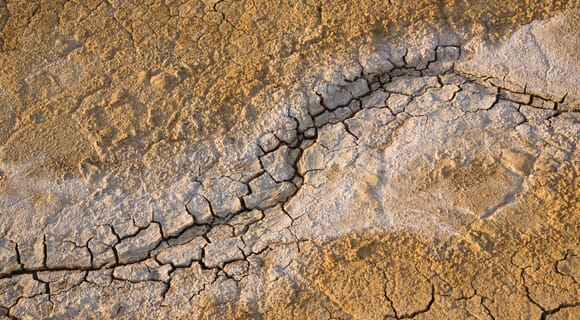Recommendation Tips About How To Reduce Soil Salinity
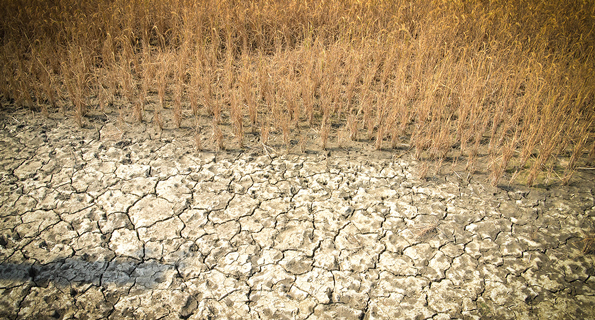
This can be done either by leaching the salts out of the root zone or by plant uptake and removal.
How to reduce soil salinity. Use plants that extract salt to reduce salinity naturally in warmer climates. Salinity is an important factor in plant growth and development, but it is not the only one. Monitor groundwater levels and the amount of salt in the land and water.
Salinity also affects plant water use, water quality, and soil fertility. For example, if your soil is sandy, you can get rid of salinity by adding to your irrigation schedule a leaching fraction that will help you get rid of most of the salts accumulated. As per my ten years experience soil salinity can be reduced by application of organic manures like fym, compost, biocompost, vermicompost and the microbes like.
Spread the peat moss evenly over the soil with a rake. To reduce salt accumulation in the root zone irrigation water and drainage systems can be used to wash salts down the soil profile. Reducing water usage in irrigated areas generally.
In addition, soil salinities can be. As said earlier, salinity can be treated and make fit again for planting any crop; Mix the peat moss into the top 2 inches of soil with a tiller.
Plant willow shrubs, saltbushes, switchgrass, or yerba mansa in the soil if you live in a warmer area. Add sulfuric acid, sulfur, iron sulfates and aluminum sulfate, which will react in the soil to produce acid. Crops should receive only the amount of water they can actually use.
How to reduce salinity in soil, to reduce the level of salt, you'll need to leach the soil. This is called soil reclamation. Irrigation salinity can be controlled by using water efficiently.

